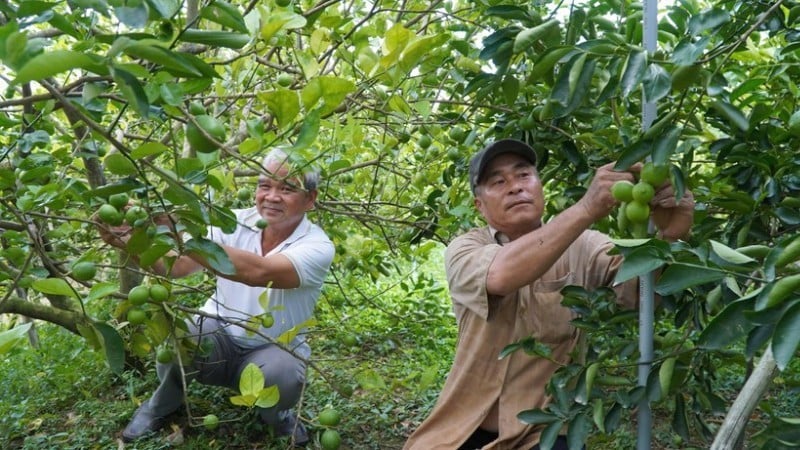
Lemon garden of farmer Pham Van Niem, My Long Agricultural Service Cooperative, Dong Thap province (Photo: nhandan.vn)
Anti-chain breakage platform
At the Forum "Solutions to increase competitiveness and promote export "Advantageous fruit products: Passion fruit, banana, pineapple, coconut", organized by the Ministry of Agriculture and Environment , Dr. Tran Minh Hai, Vice Principal of the School of Public Policy and Rural Development, emphasized: To improve export capacity and minimize the risk of contract breaking, businesses need to link up through cooperatives.
According to Mr. Hai, the cooperative is not only a technical hub but also a strategic partner in logistics and product quality.
Cooperatives can establish and manage growing area codes, organize raw material areas and control output - prerequisites for Vietnamese agricultural products to enter high-end markets.
A new trend is emerging: coconut growing areas for water from Ben Tre and Tien Giang are shifting to the Southeast and Central Highlands, with an area of 30-50 hectares, which have been granted area codes and are ready for export. However, Mr. Hai noted that it is necessary to clearly distinguish between coconut varieties for drinking water and coconut varieties for oil. If the right variety and harvest time are not selected, coconut water can deteriorate during long-term transportation.
Mr. Hai also shared the cooperative model of bringing second-class fruits to sell directly at apartment buildings in Ho Chi Minh City and Da Nang. Each 3-ton truck trip usually sells out in just one to two hours, helping to clear inventory and open up an e-commerce channel if supported with packaging and design.
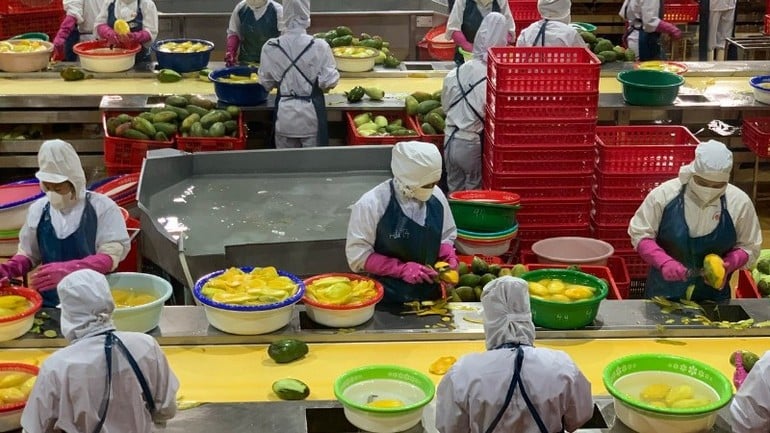
However, the chain link can collapse if there is no control mechanism. Mr. Nguyen Manh Hung, Chairman of the Board of Directors of Nafoods Joint Stock Company, cited the case of Nafoods once investing 200 billion VND in pineapple growing areas but failed because farmers broke the contract and sold to traders when the price was higher.
Learning from experience, this enterprise has switched to digital management of the entire 5,000ha of raw material area, signed a floor price contract, set a purchase limit per hectare and is ready to cancel the contract with the violating household to protect the reputation and long-term benefits for both parties.
Mr. Hung also warned about the situation of Chinese traders hiding behind the purchase and then “running away with the goods”, causing double losses. He proposed tightening the management of foreign traders, including residence control, preventing disguised marriages and managing tax obligations.
Restructuring the industry to realize fruit export expectations
Not only pineapple, many other key industries such as passion fruit, banana, coconut are also aiming for billions of USD in export scale. This requires a comprehensive restructuring of the industry: from planning raw material areas, selecting varieties, controlling quality to investing in deep processing.
The passion fruit industry, which started from zero just 10 years ago, has achieved an export turnover of 300 million USD, and is expected to exceed 500 million USD this year. If the Chinese market officially opens, this figure could reach 1 billion USD. Vietnam currently has a passion fruit yield of 40-60 tons/ha (twice that of South America), low production costs, while the selling price at supermarkets can be up to 230,000 VND/kg. Nafoods' sweet lemon variety alone has brought in an income of up to 1 billion VND/ha per crop for farmers.
However, for sustainable development, Mr. Hung said it is necessary to: prevent fake varieties, control pesticide residues, increase supervision of small-scale establishments and avoid massive planting that causes supply to exceed demand.
With bananas, the expectation is even greater: up to 4 billion USD in exports. Mr. Pham Quoc Liem, Chairman of Unifarm, affirmed that only by applying “one standard-one process” from varieties, techniques to preliminary processing, can Vietnamese bananas compete internationally. Unifarm is applying high technology, selecting varieties resistant to Panama wilt, aiming for an income of 20,000 USD/ha, nearly 10 times higher than the current level.
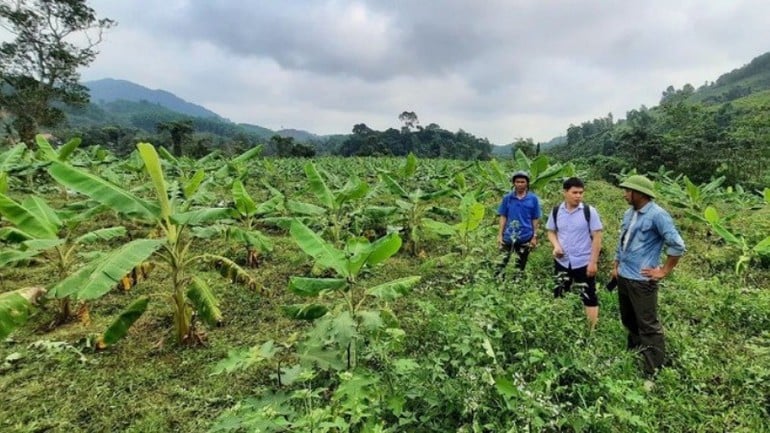
Businessman Vo Quan Huy also called for the development of the processed banana segment and by-products such as banana stems, leaves, flowers, and roots that can be used as food, medicine, bio-fiber, organic fertilizer, etc. However, this sector still does not have a systematic investment policy, while fresh bananas still depend on the Chinese, Japanese, and Korean markets.
Regarding the coconut industry, Ms. Nguyen Thi Kim Thanh, President of the Vietnam Coconut Association, said that the Mekong Delta has more than 20 varieties, but cross-cultivation by farmers is still common. She proposed to soon build a digital map of growing areas, promote ecological intercropping, exploit carbon credits and invest in mechanization to reduce costs and improve traceability.
According to Mr. To Viet Chau, Deputy Director of the Department of International Cooperation, four product lines including passion fruit, banana, pineapple and coconut are prioritized for development by the Ministry of Agriculture and Environment due to their great export potential. Of which, China is a key market with 12 types of vegetables and fruits officially exported, 6 of which have signed protocols.
Mr. Ngo Xuan Nam (Vietnam SPS Office) said that after Vietnam implemented the two-tier government model from July 1, 2025, no shipments have encountered problems due to changes in administrative boundaries, thanks to timely updates on the Chinese CIFER system.
In terms of seed policy, Mr. Nguyen Nhu Cuong (Department of Science and Technology) said that the Ministry of Agriculture and Environment is proposing to keep only rice and corn in the list of main crops. Other crops such as bananas, coffee, grapefruit, etc. will be self-declared by enterprises for circulation, which means they are responsible for ensuring quality.
Regarding technology, many businesses have proposed preferential policies for importing materials such as cutting knives, grafting tape, and growing media for passion fruit production. Dr. Nguyen Thi Thanh Thuy, former Director of the Department of Science and Technology, said that there will be guidelines for establishing science and technology enterprises to invest in research and production applications from state capital.
It can be seen that the cooperative model is an important “support” in shaping the linkage chain, enhancing the position of Vietnamese agricultural products. However, to effectively promote this model, it is necessary to have synchronization in policies on varieties, technology, deep processing and market management – weak links that need to be resolved so that Vietnamese agriculture can firmly enter the big game.
Source: https://baolangson.vn/hop-tac-xa-chia-khoa-mo-duong-cho-nong-san-ty-do-5053585.html


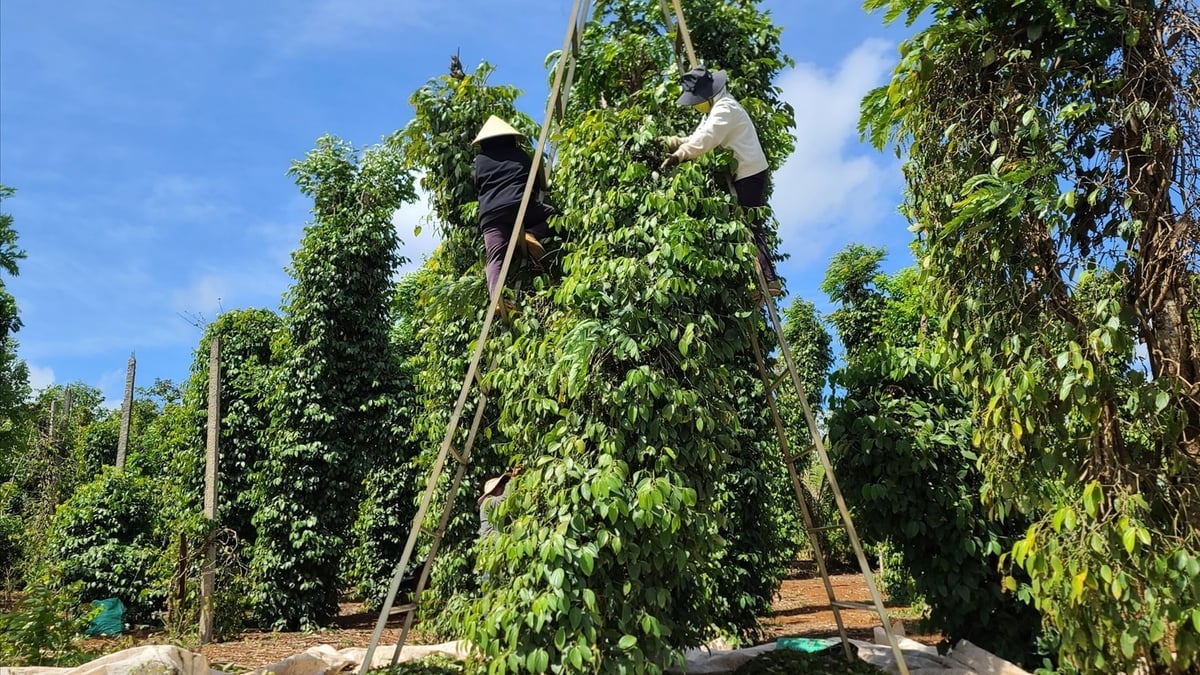


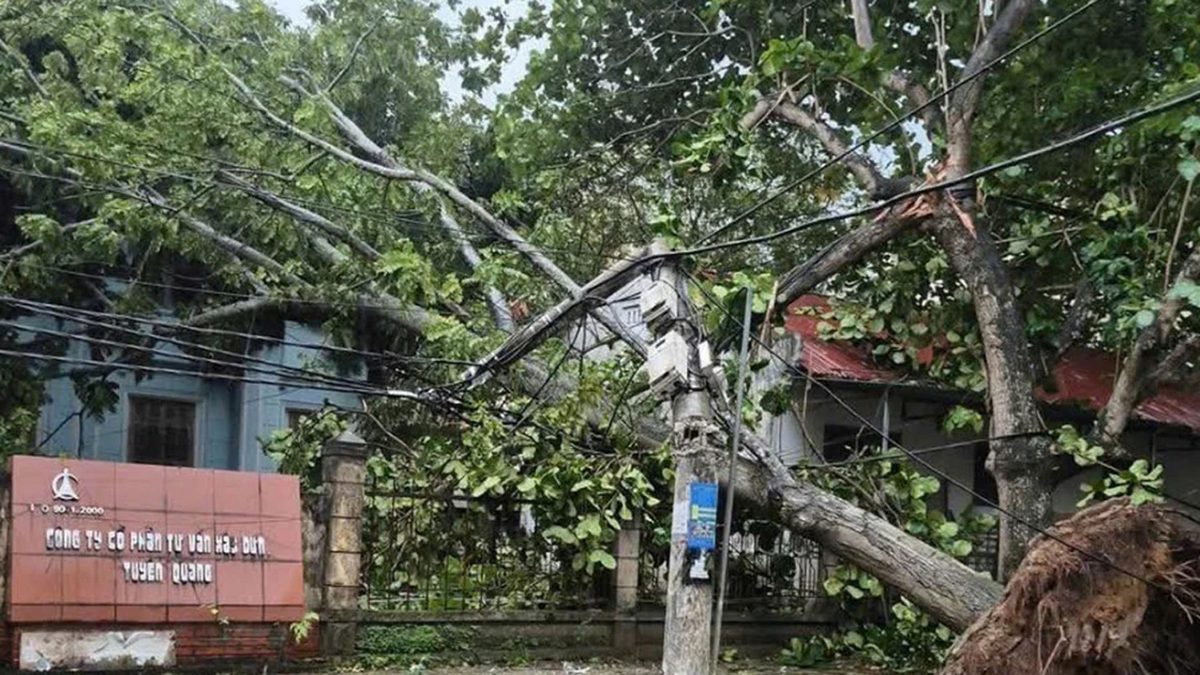

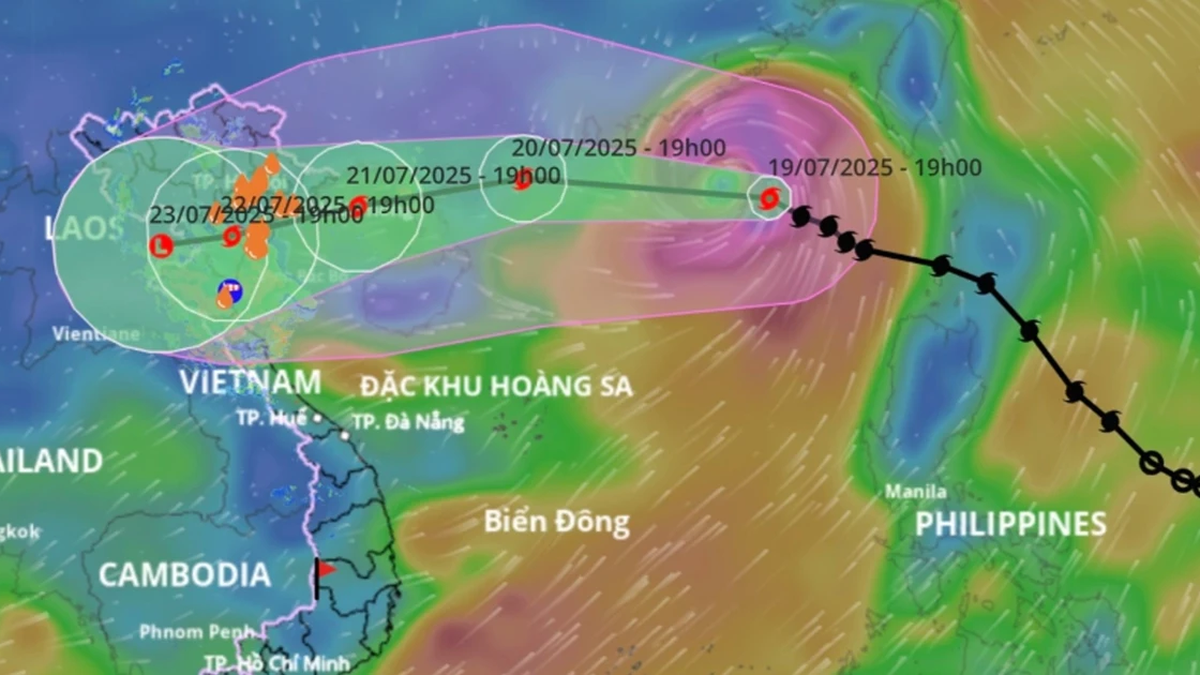
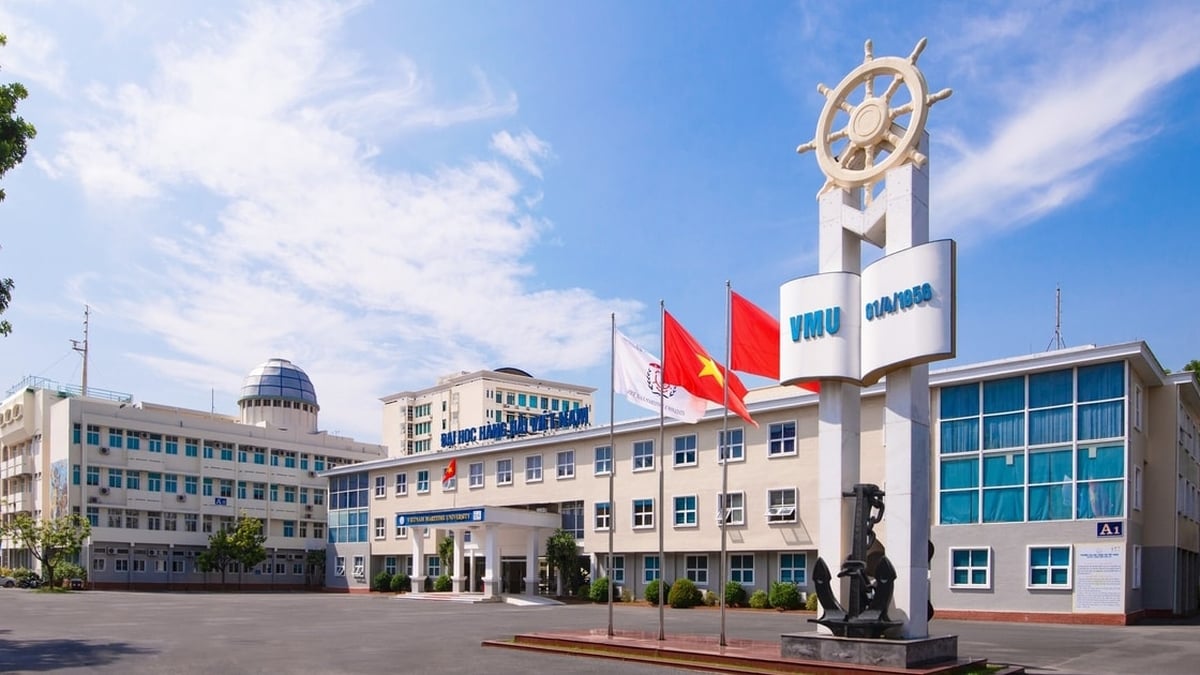
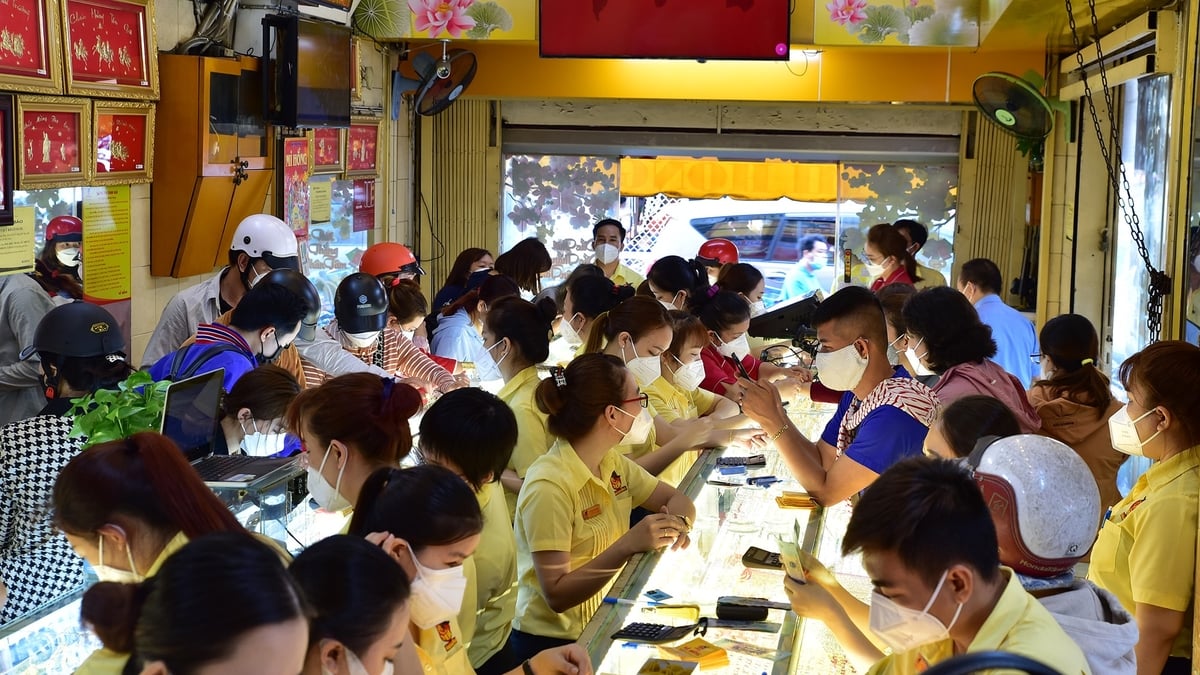

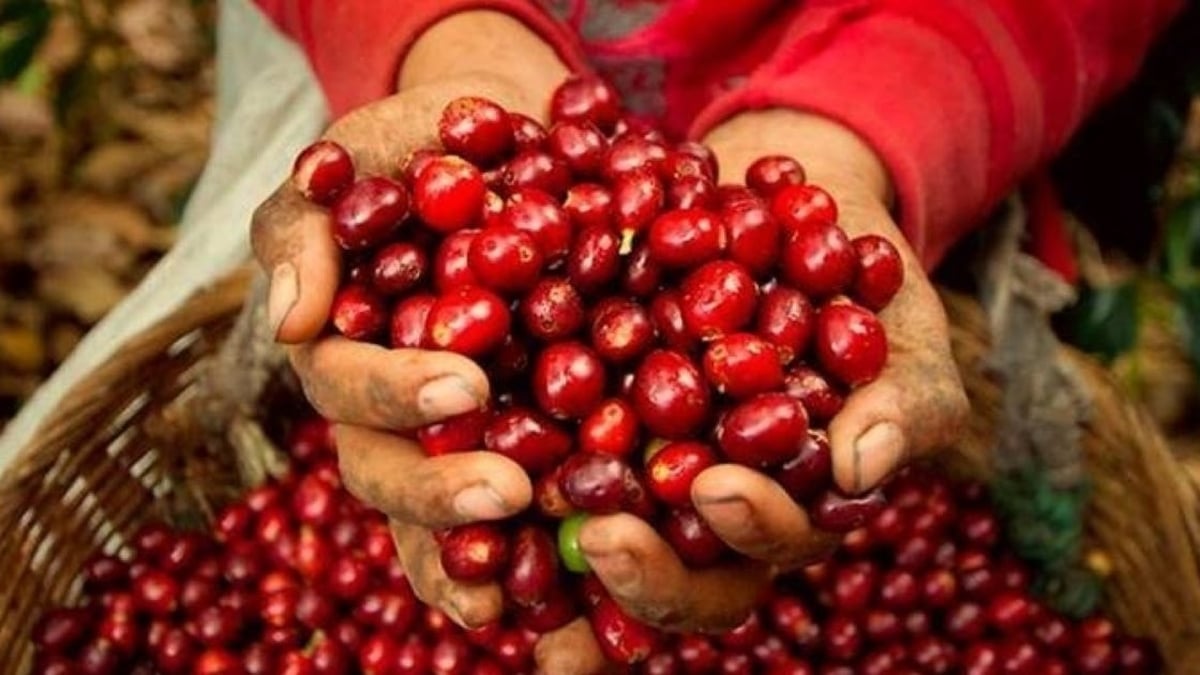






















































































Comment (0)